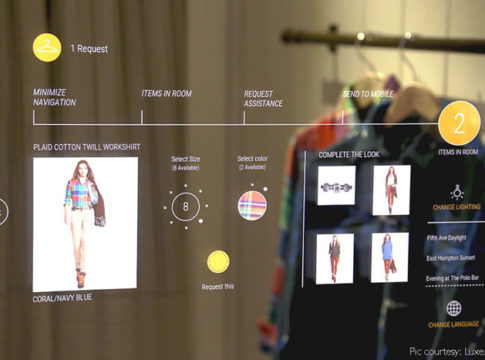Amplience, the leading commerce experience platform for high scale, high growth brands and retailers, says that for retailers and brands to compete and stay relevant in the year ahead, eCommerce decision makers must embrace open tech ecosystems and recognize the importance of fresh, exciting, ever-evolving content.
Outlining the sharp rise in content objects that have been delivered on the Amplience CDN platform in the past year, CEO James Brooke, says: “The demand for dynamic content is exploding. In November last year during a Peak season boosted by lockdown, requests for content on our platform rose from 160 billion to 225 billion year-on-year, influencing five billion individual shopping journeys. That is a huge rise, but it’s a fraction of what is to come, and brands must be ready to keep up with demand.”
As we start another Peak and look towards 2022, he points out that, as well as the need for responsive content, there are four further key factors that will drive change:
- Brands and retailers will be assessing how they can use data to drive hyper-personalized and differentiated customer experiences at scale. The post-cookie environment means that they will need to adopt customer data platforms that allow them to access, and act on, detailed insights from the information they own about their audience. CDPs will become central to the technology stack sooner rather than later.
- Open tech ecosystems are set to explode. Microservices-based, API-first, cloud-native SaaS and headless (MACH) technology is the only way that brands will be able to navigate both cross channel and cross device commerce. Legacy architecture can no longer keep up and will be abandoned in favor of modern technology stacks that embrace every form of commerce including social, and direct-to-consumer, in one seamless experience.
- The customer experience will be curated through one platform. We can expect to see adoption of digital experience platforms which allow brands to manage content, not just for their websites, but for native apps and marketplaces too, via a single interface. This will deliver vastly improved workflows and will leverage automated integrations to support smarter work for eCommerce teams.
- B2B eCommerce is about to step out from the shadows. After years lagging behind the B2C sector, buyers are demanding online purchasing options that are not linear, but support their needs wherever they interact, whether that’s through emails, purchasing apps, tradeshow kiosks or web portals. In 2022 B2B businesses will be looking at technology that harnesses machine learning and AI and allows them to target, segment and serve the changing needs of buyers.
“As we have emerged out of the pandemic, we have seen a growing urgency from Chief Data Officers and eCommerce decision makers to accelerate their digitalization projects,” commented James Brooke. “In 2022 this will pick up momentum as brands realize they must investigate and adopt modern technology that allows them to compete. They need support from experts who can specify solutions that will help them deliver data and insight-driven customer experiences, not just today, but long into the future. If they don’t move forward in the year to come, they will quickly get left behind.”





